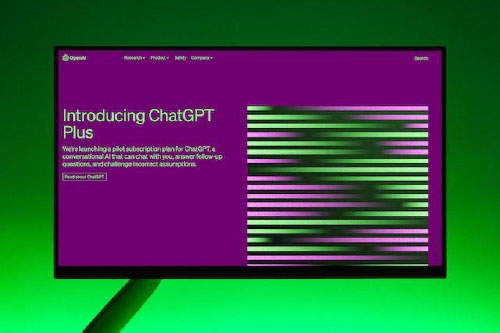The Pros and Cons of AI-Generated Content

Artificial intelligence (AI) has transformed various industries, and content creation is no exception. AI-generated content is created by advanced language models such as GPT-3 rather than humans. However, like any technology, AI-generated content has its own set of pros and cons.
Since AI has many advantages (and many content writers are already taking advantage of it), there’s no sense in ignoring it. However, it’s important to know how this technology can help and hurt you. Let’s explore the advantages and disadvantages of AI-generated content.
Pros of AI-Generated Content
Time Efficiency
One of the significant advantages of AI-generated content is its ability to produce vast amounts of text in a relatively short time. AI-powered tools can generate content at an accelerated pace, enabling businesses and content creators to meet tight deadlines and publish more frequently.
Improved Productivity
AI-generated content can enhance productivity by automating routine writing tasks. By offloading repetitive content creation to AI, human writers can focus on more complex and creative aspects of their work, such as developing unique ideas, conducting research and refining generated content.
Cost Savings
AI content can lead to cost savings for businesses. Hiring human writers can be expensive, especially for content-heavy industries. Utilizing AI-generated content can reduce the need for a large writing team, resulting in lower labor costs.
Consistency and Accuracy
Content produced by AI tends to be consistent in tone, style and language usage. It minimizes the risk of errors so that content creators don’t have to spend as much time editing for grammatical mistakes and spelling errors. This is especially helpful when pushing out large amounts of content.
Cons of AI-Generated Content
Lack of Creativity and Originality
While AI can generate text that resembles human writing, it often lacks the creativity and originality that human writers bring. AI-generated content can be cut-and-dry and struggle to produce truly innovative ideas that resonate with specific audiences.
Contextual Understanding Challenges
AI-generated content can struggle with contextual nuances. It may produce text that seems logical at a surface level but fails to capture the deeper meaning or intent behind a topic. This can lead to inaccuracies or misinterpretations, particularly in highly technical or sensitive industries.
Ethical Concerns and Bias
Since AI language models learn from public information available on the internet, it can inadvertently introduce biases. For instance, the information gathered may support stereotypes or unintentionally promote misinformation. This is why it’s always crucial to review and edit AI-generated content.
Quality Control and Editing Requirements
AI-generated content often requires human oversight and editing. While AI can produce a substantial amount of text quickly, human intervention is necessary to refine and polish the content. Humans must make sure the content aligns with the brand’s voice, contains factual information and adheres to quality standards.
Final Thoughts on AI-Generated Content
It’s clear that AI-generated content offers a wide range of benefits, such as time efficiency, improved productivity, cost savings, consistency and accuracy. However, it also has limitations in terms of creativity, contextual understanding and potential biases. Therefore, it’s important to strike a balance between utilizing AI-generated content and human writers. By doing this, you can push out a larger volume of high quality content in a timely fashion.




